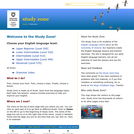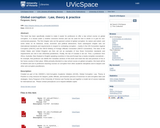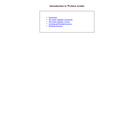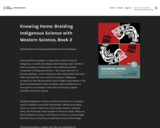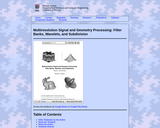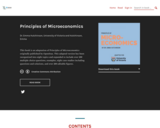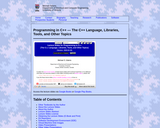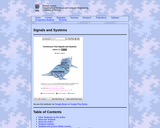
TEXTBOOK ABSTRACT:
This book is intended for use in teaching undergraduate courses on continuous-time signals and systems in engineering (and related) disciplines. It has been used for several years for teaching purposes in the Department of Electrical and Computer Engineering at the University of Victoria and has been very well received by students. It has also been used to teach courses at numerous other universities, including Memorial University (NL, Canada) and Concordia University (QC, Canada).
This book provides a detailed introduction to continuous-time signals and systems, with a focus on both theory and applications. The mathematics underlying signals and systems is presented, including topics such as: properties of signals, properties of systems, convolution, Fourier series, the Fourier transform, frequency spectra, and the bilateral and unilateral Laplace transforms. Applications of the theory are also explored, including: filtering, equalization, amplitude modulation, sampling, feedback control systems, circuit analysis, and Laplace-domain techniques for solving differential equations. Other supplemental material is also included, such as: a detailed introduction to MATLAB, a review of complex analysis, and an exploration of time-domain techniques for solving differential equations. Throughout the book, many worked-through examples are provided. Problem sets are also provided for each major topic covered.
- Subject:
- Applied Science
- Engineering
- Material Type:
- Lecture Notes
- Textbook
- Provider:
- University of Victoria
- Author:
- Michael D. Adams
- Date Added:
- 06/27/2020
